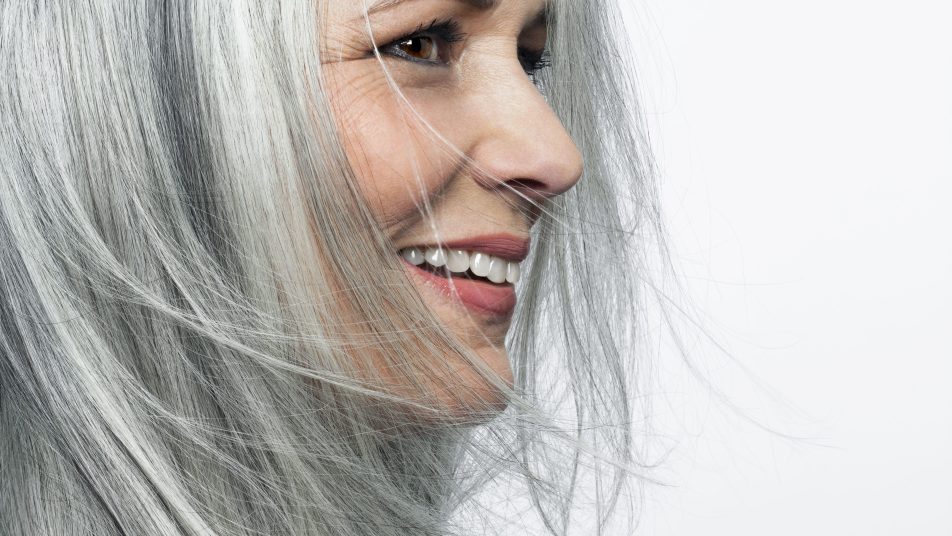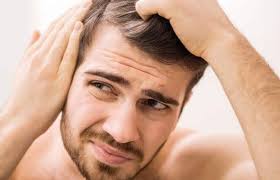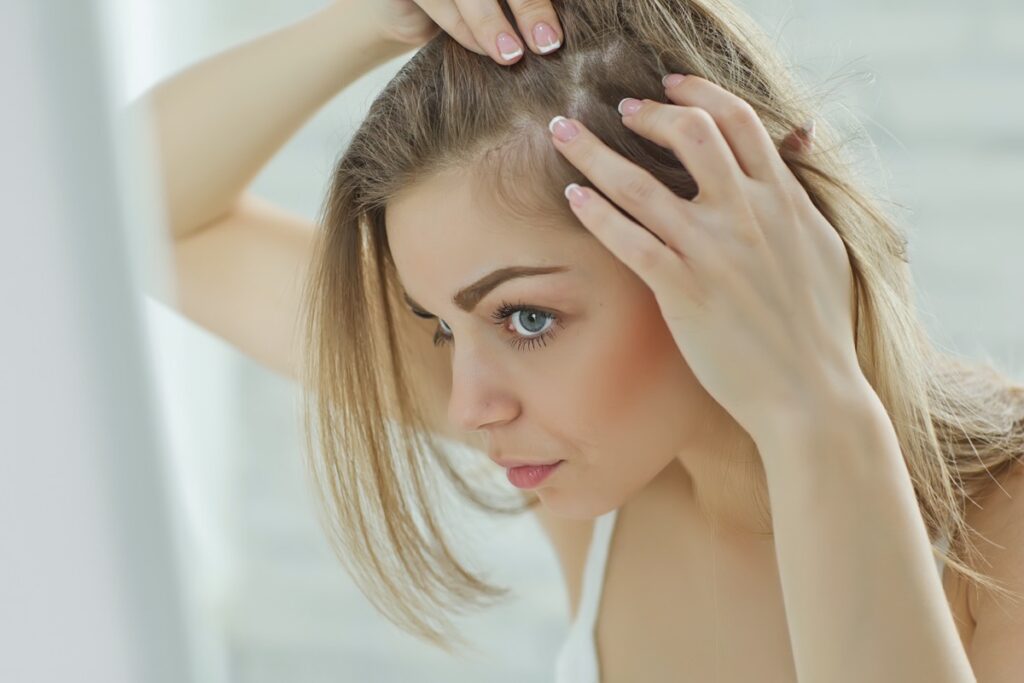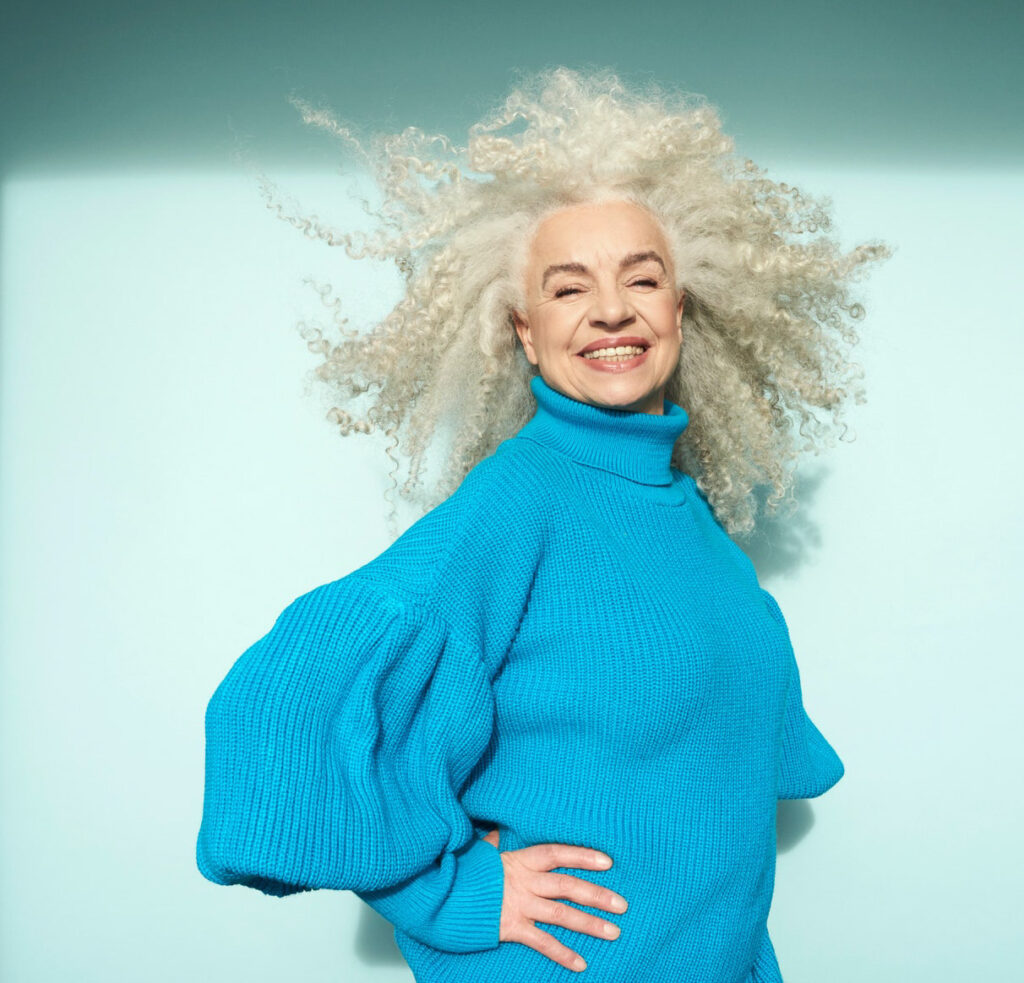
by Nikki ~ Product Education Director
People today want to look vibrant and healthy at any age and hair loss just doesn’t work in that equation. Age-related hair loss, or any hair loss, can be very scary leaving those suffering from it wondering what is causing it and mostly how to make it stop. As Stylists we need to be informed and help our guests but without taking on the role as doctors. Let’s break it down in this 2-part Chic Geek series.

The follicle effect: Hair loss often creeps up on someone slowly over time until it becomes starkly noticeable. There are 3 stages of hair growth within the hair follicle; Anagen (growing) Stage in which the hair is actively growing out of the follicle, Catagen (intermediate) Stage where the hair is still growing but not as actively, and Telogen (resting or shedding) Stage where the hair has stopped growing and is residing in the follicle until it naturally sheds or is easily pulled away during any type of hair manipulation such as brushing.

This is a very normal process where hair grows, dies off and is then replaced by new hair growth. However, when someone has an age-related hair loss issue this process often speeds up and often no new growth takes the old hair’s place. The follicle can also start to shrink with age, making hair grow out thinner and thinner until the follicle no longer produces hair. And if the follicle is left dormant too long, it becomes harder to sometimes impossible to stimulate new growth therefore making it critical to treat hair loss in its early stages.
Causing factors: Many factors can cause or contribute to age-related hair loss including heredity, general health, genetics, nutrition, and hormone levels, such as caused by menopause, also greatly affect the loss of hair. All of this can contribute to hair loss but absolutely should only be discussed with a doctor for possible testing and prescriptions. We as Stylists cannot take on this role.


Marketplace solutions, still under the doctor’s advice umbrella, such as Vitamin supplements can also possibly help improve hair growth. These are generally not certified by the FDA but can sometimes help in the overall health and strength of hair, stimulate hair growth or help to reduce inflammation that contributes to an increase in cortisol (stress hormone) levels that could result in hair loss.
Additionally, Light Therapy such as hair helmets and hair headbands offer follicle stimulation are now a booming business. These machines can be investigated via one’s dermatologist. Topical medicinal products such as Rogaine (5% Minoxidil) as well as a prescription strength 15% Minoxidil can be recommended and possibly prescribed by a dermatologist.
Please note that everything we have reviewed so far are good to be aware of, but all need to be referred to a physician and NEVER recommended by a Stylist.
Stay tuned for Philip Pelusi Chic Geek Hair Loss Part 2 where we look at what we can do as Stylists to help with hair loss issues! Everything from products to color, styling and more!


The Philip Pelusi Chic Geek is a treasure trove of in-depth Philip Pelusi ingredient knowledge. To see all Chic Geeks go to…
